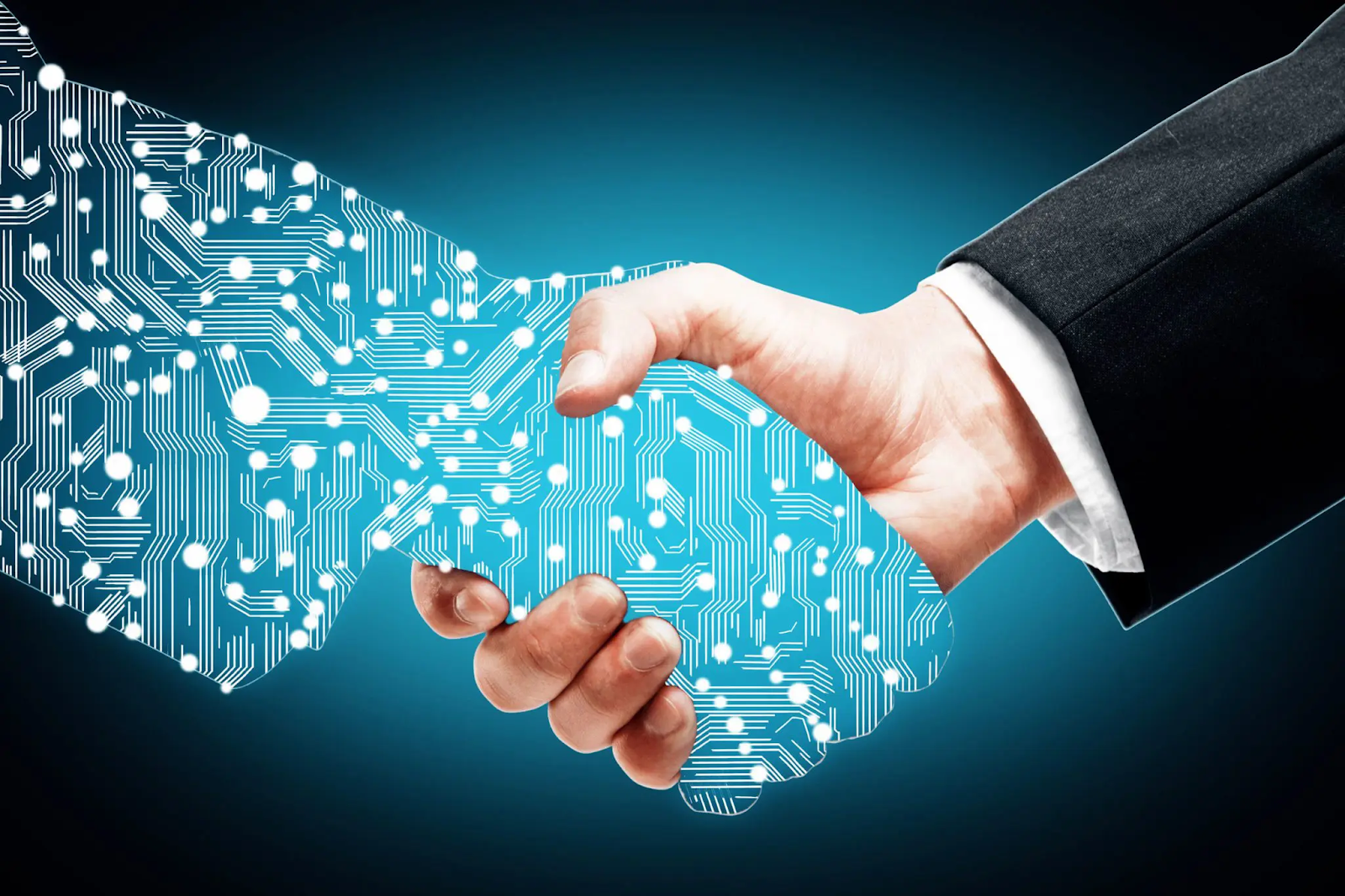The infinity of possibilities for using the (internet of things) IoT in Digital Entrepreneurship makes any effort aimed at listing the possibilities of its application, a task that is always incomplete.
However, anyone who wants to be a startupper and invest in digital entrepreneurship may need to know how to use this software development services in their business idea.
The list of already known IoT applications , even if incomplete, can help digital entrepreneurs understand how and where they can integrate it, or even find alternative or innovative ways to use it .
Some tips about IoT in Digital Entrepreneurship
IOT is divided into three groups in order to explain the role of IOT in Digital Entrepreneurship: Internet of things (IoT), Industrial internet of things (IIoT) and Wearables.
Internet of Things (IoT)
Some applications:
- Proactive insurance (IoT can replace reaction with anticipation, as connected devices can gather important data for price formation, but also predict when an accident may happen, among many other applications);
- Smart recycling (objects can be marked as recyclable by the consumer and then collected by the manufacturer or another entity);
- Delivery tracking (through the development of smart labels, IoT covers much more than just devices, also including the delivery process);
- Fleet management (IoT can be applied to vehicles to monitor their location, mileage, speed, engine health and consumption and use this data for various optimizations);
- Smart retail (retail stores can use IoT to discover which areas of the store are most visited by customers, or through beacon technology, send offers, promotions and/or coupons to the cell phones of customers who are close to the store) ;
- Precision agriculture (IoT can enable soil and environmental monitoring in order to give farmers the possibility to take actions based on metrics, as well as record the results);
- Smart farm (IoT enables high-precision harvest control, data collection and use of automated agricultural techniques);
- Animal tracking (IoT can be used to track the location of animals, which could allow you to combat livestock theft, or find your pet, among other applications);
- Smart home (IoT applied to home solutions can make people’s lives simpler and more comfortable, in addition to saving on energy, water, communications consumption, among others);
- Smart City (Smart City) (IoT can be applied in numerous solutions for the city, such as surveillance, intelligent energy management, traffic management, environmental monitoring, optimization of garbage collection and improvement of service to citizens);
- Connected car (IoT can optimize the car’s operation up to its autonomy, optimize its maintenance, as well as increase passenger comfort, using sensors and internet connection);
- Environmental security (IoT can help collect critical information about the environment, allowing early detection of environmental risks such as tsunamis, earthquakes, forest fires, floods, radiation, among others).
IIoT
A variant of IoT is the Industrial Internet of Things (IIoT) whose main difference is the ability to acquire and access larger amounts of data with greater speed and efficiency .
Objects are equipped with sensors, capable of capturing external actions or stimuli and responding accordingly.
Some examples:
- Connected factory (machines equipped with IoT can transmit operational information to equipment manufacturers and engineers, allowing remote management of factory units);
- Facilities management (IoT sensors can actively monitor machines and send an alert when equipment deviates from specific parameters, allowing you to save energy, reduce costs and downtime);
- Monitoring the production flow (monitoring at the different stages of production can make it possible to recommend adjustments to operations and highlight production delays);
- Inventory management (all supply chain events can be monitored by IoT applications, providing visibility of available material at all points);
- Supply chain optimization (IoT can enable real-time access to tracking materials as they move through the supply chain, connecting factories to suppliers);
Wearables
A possible definition for wearables will be technological clothing , which presupposes the use of sensors that can be worn by people as (or in) pieces of clothing.
Sensors collect data that can later be processed to obtain information about a specific person.
The main IoT requirements for glasses, watches, shoes, bracelets, shirts, among others, will be to have high energy efficiency and very small size .
Typically, technological clothing can be used as a source of information, communication or entertainment.
Some practical examples:
- Optimization of sports performance (IoT, connecting clothing to the internet, allows athletes to improve their performance. Clothing can be specialized by sport, is not very expensive and can allow the recording of numerous data in real-time, such as speed, distance , between others);
- Smart healthcare (IoT connects patients and healthcare providers to diagnose, monitor, track and store vital statistics and medical information enabling personalized analysis of a person’s health and tailored solutions to combat disease);
- Care for the elderly (IoT allows surveillance of the elderly, being able to automatically detect when someone falls or the beginning of a heart attack, allowing emergency medical services to be called immediately);
Conclusion
IoT is one of the custom software development services with the greatest future and should not be ignored by any Startupper, because it has enormous disruptive power and the tendency will be for all objects to become connected.
The examples presented in this article, in addition to being generic, do not exhaust the possibilities of using this technology, which means that there continues to be great space for innovation using its use.
Try to fill existing gaps , or simply evaluate whether some uses in ot
her industries might not be the solution to make your business idea even more innovative.
